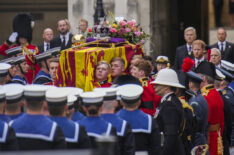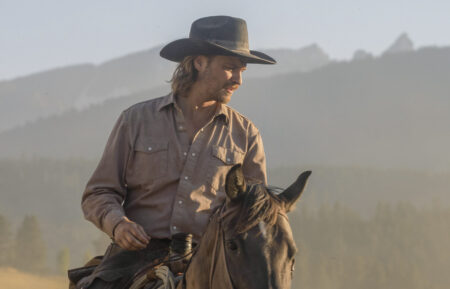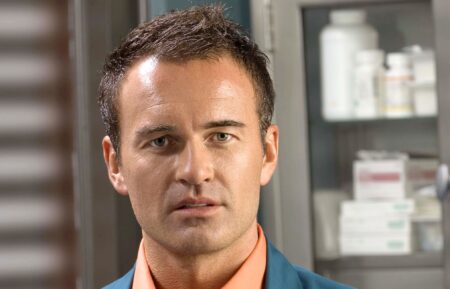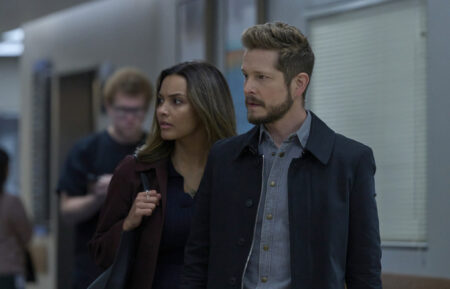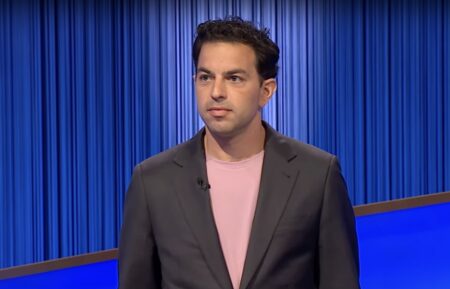Queen Elizabeth II: Looking Back on the Monarch’s TV Influence
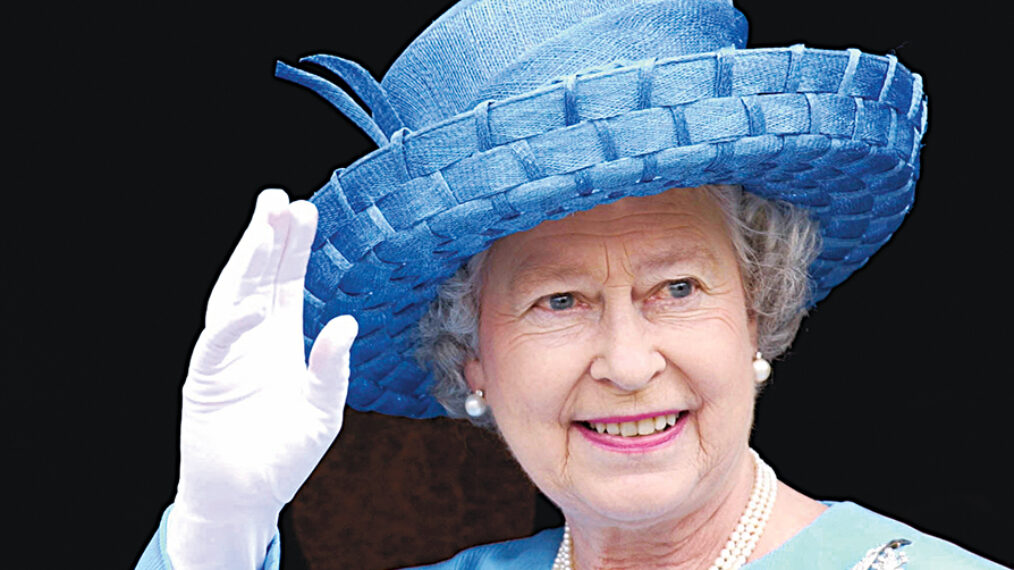
In June 1953, when television was young, a rapt American viewing public clamored to see the coronation of Elizabeth, the 27-year-old royal about to be crowned Queen. The event was so all-consuming, the four television networks secretly planned to hire jet planes to “speed film across the ocean,” as we reported when we made Her Royal Highness the ninth-ever cover subject of TV Guide Magazine.
It was the start of an auspicious pairing. Few European figures of the last century have inspired more fascination on this side of the pond, as television grew up and came of age alongside the longest-ruling British monarch in history.
The Queen’s passing on September 8 at age 96 offers a chance to reflect on the dignified leader who, for millions, was the symbol of perseverance on the world stage. While the comprehensive coverage across networks of the procession and funeral hearkened back to the beginning of her reign, it leaned on the pomp of her role, which only tells a part of what she represented.
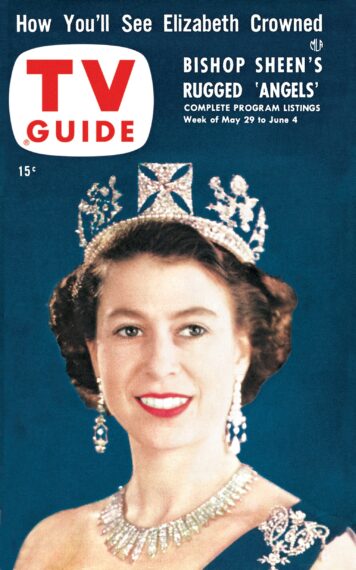
(Credit: TV Guide/courtesy Everett Collection)
She was, from the very first, the Queen, a title held with the utmost seriousness and duty. Initially, Elizabeth had a noted discomfort with television — a 1964 TV Guide story called “The Queen Is Not Amused” suggested as much — but on the CBS-aired 1969 special The Royal Family, she showed the world the mom behind the monarch. And no appearance matched the live address she made 25 years ago, after the tragic death of Diana, the former Princess of Wales. Speaking from the heart to her grieving nation, “as your Queen and as a grandmother,” Elizabeth II paid tribute to her onetime daughter-in-law, the mother of William and Harry. It allowed her to offer a quality she always possessed but rarely displayed: her warmth.
Enduring Presence
Through a reign lasting 70 years — one that saw her greet 13 U.S. presidents — Elizabeth grew from an enigmatic figure into one of compassion, a constant through times of uncertainty.
Her visits to America were always news, whether riding on horseback with Ronald Reagan, dancing at a state dinner with Gerald Ford, or watching the Baltimore Orioles alongside George H.W. Bush.
In more recent years, as acclaimed depictions of Elizabeth hit movie screens (Helen Mirren won an Oscar for The Queen) and television (both Claire Foy and Olivia Colman took home Emmys for The Crown), a more relaxed ruler emerged, one who reportedly loved Downton Abbey, was not above photo bombing the occasional selfie and told Paddington Bear, in a TV sketch, that she too kept a spare marmalade sandwich in her purse — just for emergencies.
These images — along with her “keep calm and carry on” fortitude — now soothe a nation that embraced its Queen for the final time, even as it greeted Charles III, the new King. Charles’ coronation, set to take place in the months ahead, will be beamed live to the once-more-enthralled millions around the globe. It will be an occasion of austerity and tradition — and, in its own way, yet another tribute to the Queen.

